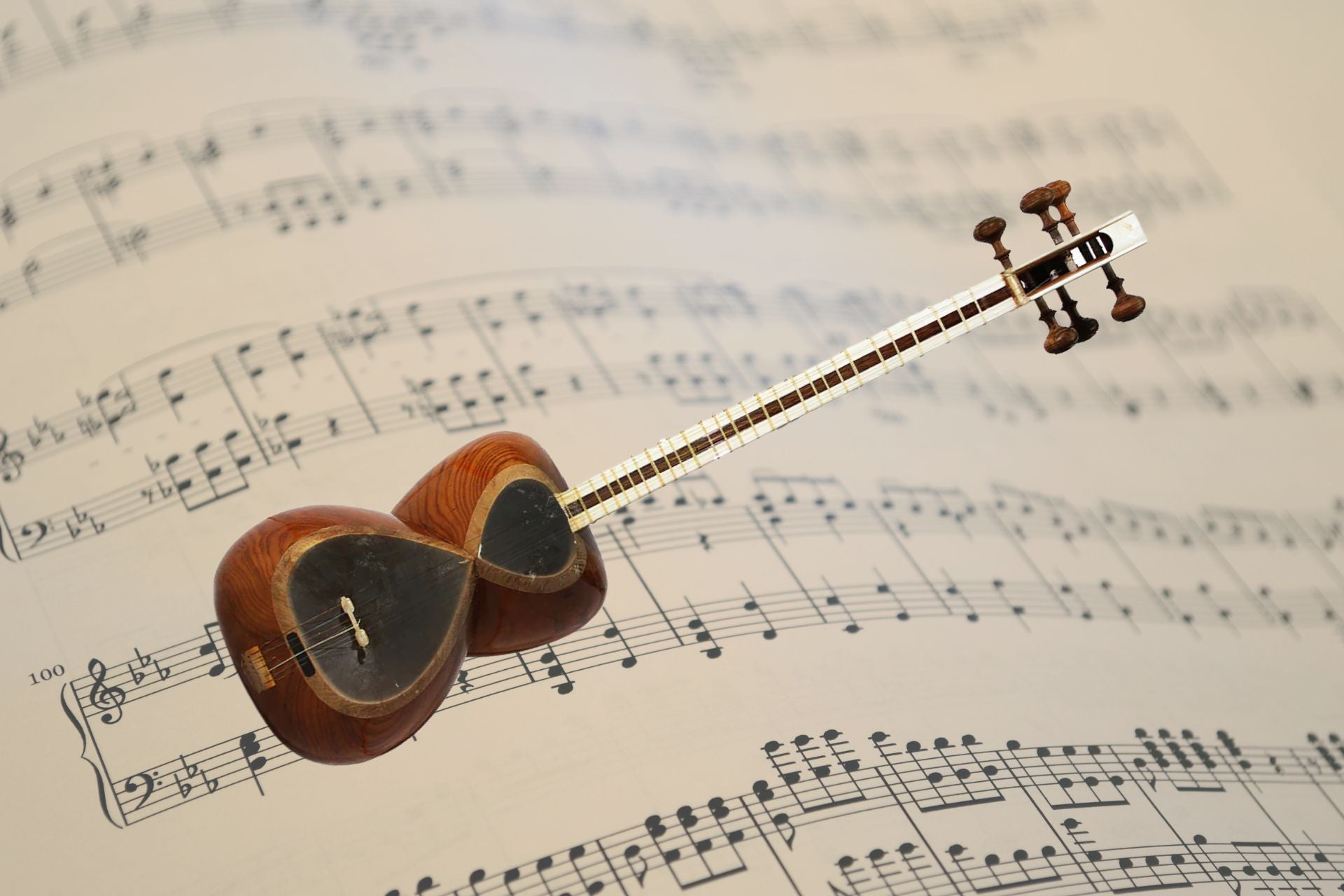General Articles
Unraveling the Mysteries of the Tar: A Complex Journey into a Mesmerizing Musical World
The tar, a captivating stringed instrument, has enthralled musicians and music enthusiasts for centuries. Originating in Persia, the tar has a unique charm that sets it apart from other musical instruments. While its mellifluous tones can transport listeners to distant realms, mastering the tar is a journey fraught with challenges. In this article, we will delve into the intricacies of the tar and explore why it is considered one of the most challenging instruments to play.
The Complexity of Tar Construction
Crafting a Tar Masterpiece
The tar's construction is a masterpiece of intricacy. It typically features a hollow body made from mulberry wood, a thin membrane of stretched lamb or goat skin for resonance, and a fingerboard adorned with moveable frets. This complex design presents a unique set of challenges for musicians:
-
Precise Tuning: Achieving and maintaining the precise tuning of the tar is a formidable task. The strings must be meticulously adjusted to produce the desired pitches.
-
Fret Placement: The tar's frets are not fixed in place. Musicians must position them accurately to play different scales, adding an extra layer of complexity to the instrument.
The Unforgiving Nature of Tar Playing Technique
Mastering the Art of Fingering
Playing the tar demands impeccable finger dexterity and technique. Unlike instruments with fixed frets, such as guitars, where finger placement is relatively straightforward, the tar requires:
-
Microtonal Precision: Tar players must produce microtonal intervals, the subtle pitch variations that characterize Persian and Middle Eastern music. This precision can be daunting, as it relies heavily on muscle memory and a keen ear.
-
Complex Finger Movements: The intricate finger movements involved in tar playing are akin to a delicate dance. Shifting between notes, executing trills, and employing vibrato techniques all demand meticulous practice and control.
The Vastness of Persian Music Theory
Navigating a Rich Musical Tradition
Persian music is renowned for its depth and complexity. Mastering the tar is not only about learning an instrument; it involves immersing oneself in a profound musical tradition that encompasses:
-
Modal Systems: Persian music employs intricate modal systems, each with its own set of rules and nuances. Tar players must understand these modal systems and how to apply them to their performances.
-
Ornamentation: Persian music is replete with ornamentation techniques that add color and emotion to compositions. Tar players must become adept at employing these techniques to convey the depth of the music.
The Tar's Role in Ensemble Playing
Harmony in Diversity
The tar often serves as a solo instrument or as part of an ensemble. In ensemble settings, the challenges are magnified:
-
Intertwining Melodies: Persian ensembles frequently feature multiple tar players weaving intricate melodies together. Coordination and precision are crucial to creating a harmonious musical tapestry.
-
Rhythmic Complexity: Persian music is known for its intricate rhythms, often employing time signatures uncommon in Western music. Tar players must navigate these rhythms while maintaining their role within the ensemble.
The Emotional Depth of Tar Music
Conveying Emotion through Sound
The tar is a vessel for emotional expression, and conveying those emotions through sound is a daunting task:
-
Connecting with the Music: Tar players must immerse themselves in the music to convey the intended emotions. This deep connection can be emotionally demanding and requires vulnerability on the part of the musician.
-
Interpreting Poetry: Many Persian compositions feature lyrics drawn from classical poetry. Tar players must interpret these verses and translate their essence into their music, adding an extra layer of emotional depth.
The Unceasing Pursuit of Mastery
A Lifetime of Learning
Learning to play the tar is a lifelong journey. Even accomplished musicians continually strive for improvement, as there is always more to explore and discover in this rich musical tradition. The challenges of mastering the tar are, in many ways, what makes it such a rewarding pursuit.
The tar, with its intricate construction, demanding playing technique, rich musical tradition, and emotional depth, stands as one of the most challenging instruments to master. However, for those who are willing to embark on this musical odyssey, the rewards are immeasurable.
At Rhythm Music Shop in Markham, we understand the allure of the tar and offer a range of instruments and resources to support your journey. Serving Markham, Richmond Hill, Vaughan, and the rest of the GTA, our physical store and online shop provide a wide selection of musical instruments and accessories, including tar instruments and instructional materials. Whether you're a seasoned tar player or just starting your musical journey, Rhythm Music Shop is here to assist you every step of the way.

